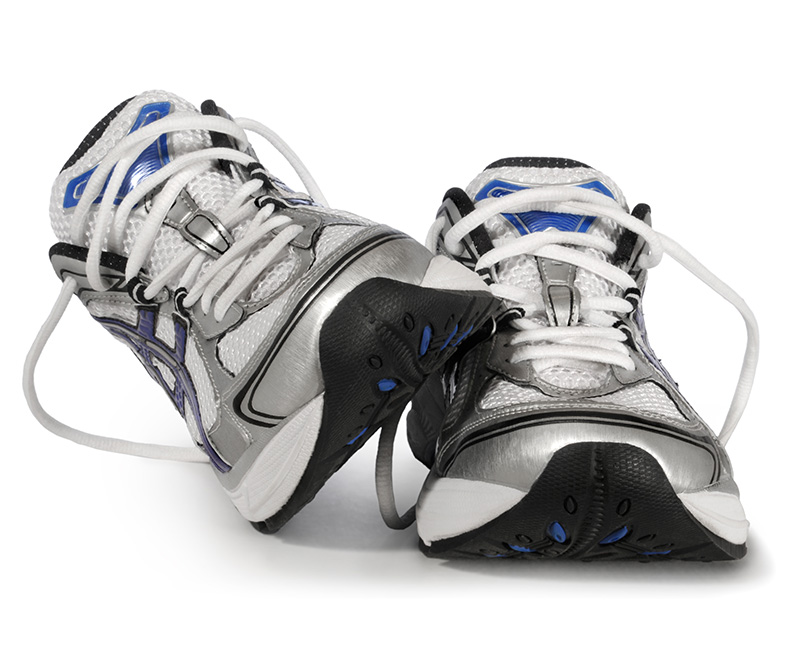What are the Best Running Shoes?

Nearly every person who runs will have an opinion on what the best running shoe is. With so many options available, it can be difficult to sort through the sea of choices. Some of the major running shoe manufacturers include: Nike®, Adidas®, New Balance®, Asics®, Reebok® and many more. There are several aspects to consider when purchasing a pair of running shoes such as foot anatomy, the terrain the shoe will be used on, padding preference, the weight of the shoe, and overall comfort. Let's take a closer look at these.
- Foot anatomy
A number of anatomical factors can affect the way a shoe encompasses the foot it is worn on. Individuals may have narrow, average or wide feet. If one has low foot arches, a doctor may recommend a shoe with added arch support to counter this issue. Rubbing of the shoe on certain areas of the foot can also be a factor. Be sure the area by the Achilles tendon feels good in addition to the areas near the small and big toe. - Terrain
Different types of shoes are made for different types of terrain. For example: a street/road shoe will be lighter and less supportive than a cross-trainer shoe. If you are planning to run on a variety of surfaces, a cross-trainer would be the preferred shoe type as it is more versatile and safer to use. The support around the ankle of a cross-trainer is vastly superior to that of a street/road shoe. These cross-trainers can be used for a wide range of activities outside of running like weight lifting to further target muscles by performing calf exercises as well as thigh exercises leading to an increase in overall endurance and speed while running. - Padding preference
Shoes come with a variety of padding levels. This really comes down to a personal preference as well. If you experience knee pain while running or know that you are susceptible to knee pain, using a shoe insert in addition to the padding of the shoes may be advised. Keep in mind that running is a high impact activity and the padding in easily susceptible to wear due to the repetitive nature of running. - Weight of the shoe
Competitive runners generally prefer a heavier shoe for training and a lighter shoe for racing. The heavier shoe adds more weight to each step making training more difficult. The concept is similar to using a doughnut for warm ups in baseball. Once the donut is removed, the bat feels lighter to the hitter. The same goes for running, removing the heavier shoes for light racing shoes makes the runner feel faster on their feet.
Aside from the items above, price can also be a sticking point for many, be sure to shop around for the best deals. If you are someone who feels that you can never find a good running shoe, it is recommended that you go to a specialty store that focuses on running shoes. Often, these stores will have treadmills where specialists can watch you run, assess your running style, and determine which shoe is right for you.




